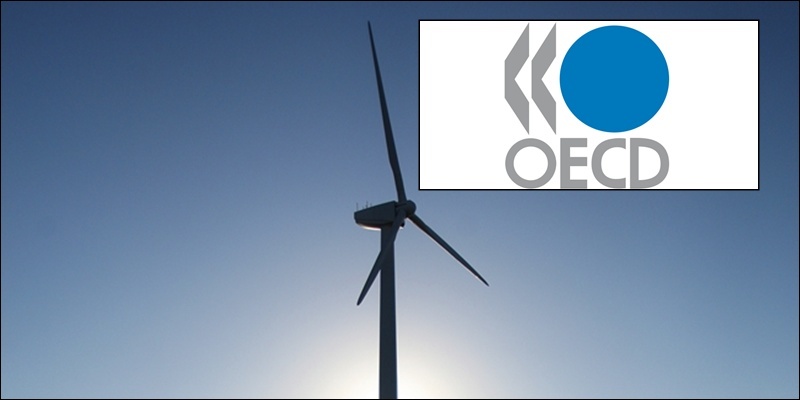One of the world’s most influential economic think tanks has backed Scottish Government plans to make Scotland into a renewable energy powerhouse.
The SNP has pledged to meet all of Scotland’s electricity needs from renewable resources by 2020, with First Minister Alex Salmond saying investing in renewable energy could create tens of thousands of jobs across the country.
Dundee, Tayside and Fife all hope to capitalise on the growing demand for offshore wind energy, with several global firms looking to invest in the area because of its proximity to North Sea sites earmarked for wind farms. It is hoped new technologies, such as the carbon capture programme at Longannet, could create thousands of new jobs.
Now the Organisation for Economic Co-operation and Development (OECD) has said governments must look to the green economy to secure future growth and jobs and implement policies to drive that forward.
In a new report called Towards Green Growth, the OECD said the sector could be worth trillions of dollars by 2050.
“This report shows green and growth can go together,” said OECD secretary general Angel Gurria.
“With the right policies in place, we can create jobs, increase prosperity, preserve our environment and improve the quality of life. All at the same time.”
A Scottish Government spokesman said, “This is a welcome and timely report from the OECD. The new Scottish Government is committed to building on the considerable progress made during the last Parliament to build sustainable economic growth.
“That included the passing of world-leading climate change legislation and a huge expansion of green energy generation that has put us on track to exceed our 2011 target of producing 31% of our electricity needs in 2011 from renewables.
“The Scottish Government has set out in its Report on Proposals and Policies how we can meet our ambitious emissions reduction targets, while gaining an economic advantage in our approach to climate change, and delivering wider benefits to society in Scotland.”
He said green technology would become a driver of the Scottish economy. “The global low carbon sector has been estimated to be worth around £3 trillion annually, rising to £4.3 trillion by 2014 and in Scotland the sector is expected to sustain 130,000 jobs by 2020.
“By then we also intend to have renewables producing the equivalent of 100% of our electricity needs by exploiting our great natural resources, particularly offshore.
“It is essential that governments work with us to create the optimum regulatory environment and economic conditions required for investment in the green energy revolution.
“That’s why the First Minister this week pressed the Chancellor to remove the current block on Scotland gaining unconditional access to its £200 million Fossil Fuel Levy fund, to invest in green energy projects.”
